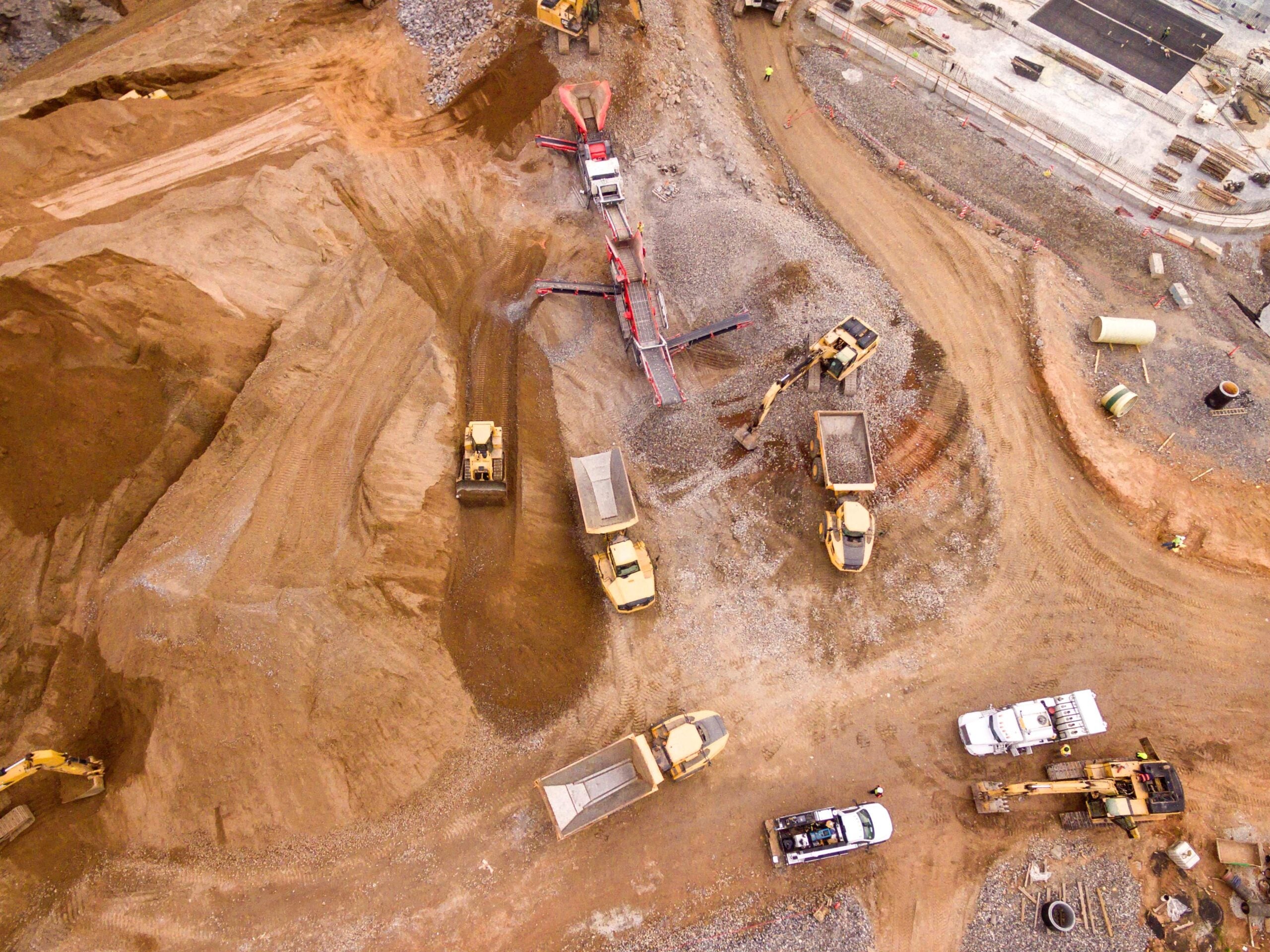
The amendment bill will next be presented before the Indian Parliament as part of a budget session.
The mining sector reform proposals were first introduced on 16 May by Finance Minister Nirmala Sitharaman as part of the Atmanirbhar package.
Among the proposals is the amendment of the contentious provisions of 10A(2)(b) and 10A (2)(c) to pave the way for the auctioning of around 500 potential leases, currently blocked in legacy issues.
“These (blocks) can neither be granted, because the time period to grant them is already over, nor can they be brought to auction, because of legal impasse. These cases coming under section 10A (2)(c) of the Act, which stood extinguished in 12 January 2017 as per the law, but are still litigated or pursued unnecessarily at various level, need to be brought to a closure to end the policy stalemate,” the Ministry of Mines said earlier this year.
The actioning is expected to take place a few months after the act is amended.
Another proposal that focuses on captive and non-captive mining can be positive for firms with captive mines, as they can now sell their output in the open market, a move that could also boost revenues and increase supplies in the country.

US Tariffs are shifting - will you react or anticipate?
Don’t let policy changes catch you off guard. Stay proactive with real-time data and expert analysis.
By GlobalDataIt could also mean that the old policy of giving preference to ‘captive’ users will be scrapped and all mines will be available to anyone, including commercial miners.
There is also a proposal to develop a comprehensive and broad-based mineral index for determination of levies and taxes on the lines of the recently launched National Coal Index. A committee will be set up to develop the National Mineral Index, for which representatives of the state government will be inducted.
The National Mineral Index will determine the value of the minerals, which will form the basis for the calculation of royalty and other levies of selected minerals.
Other proposals seek to amend rules to clarify the definition of illegal mining. While there is currently no distinction between illegal mining done outside the leasehold area and mining done in violation of various clearances and approvals inside a mining lease area, this might change soon.
The Ministry of Mines also proposed amendments to make the National Mineral Exploration Trust function as an autonomous body and to coin the joint auctioning of bauxite and coal mines for the aluminium sector.



